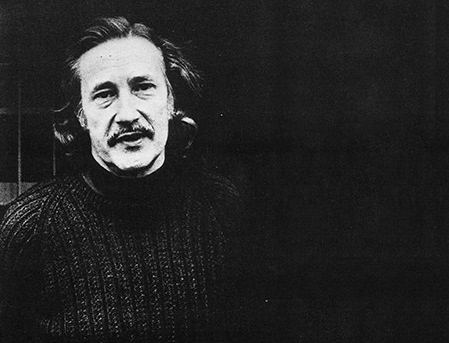Table of Contents
Introduction
Christopher Strachey was a British computer scientist that was one of the founders of denotational semantics, a pioneer in programming language design and computer time-sharing. He is also attributed to being the pioneer of the video game as he was the one to first develop the modern day video game.
Early Life and Education
As he belonged to an upper class British family, he received a good education that provided him with a good understanding of the basic subjects. Christopher Strachey was born on November 16, 1916 in Hampstead, England. His family belonged to an esteemed group of intellectuals known as the Bloomsbury Group whose members included Virginia Woolf, John Maynard Keynes and Christopher's uncle. At 13, Strachey attended school where he showed flashes of brilliance but was unable to show that in his academic performance. In college, Strachey continued to perform poorly as he studied mathmematics and later physics. He then came to terms with his sexuality while in college yet was unable to ever perform to his fullest capabilities.
Career
After not being able to finish his college education, he was employed in Standard Telephones and Cables as a research physicist. His initial job involved providing mathematical analysis for the electron tuves used in radar. His introduction to the computer sparked his interest in computers and lead to him developing his career as a budding computer scientist. He applied for a research degree at the University of Cambridge where he was rejected. He therefore continued to work at STC, an abbreviated name for Standard Telephones and Cables. Afterwards, he was invited to at schools, a job that he accepeted where he taught mathematics and physics.
In 1951, Strachey was introduced to the National Physical Laboratory which had built a reduced version of Alan Turing's Automatic Computing Engine. In his spare time, he worked on the game of checkers, a game that he finished a prototype for in the same year. The game completed exhausted the smaller Automatic Computing Engine's memory. Strachey then attempted to find a computer that had a capacity for running the game that he wanted. Strachey then moved his program to the Manchester Mark 1 a computer that had a much larger capacity for running the code. With this effort, he was able to first run a virtual game of checkers.
Quick Facts
- Strachey developed the idea of time-sharing in 1959 where he filed a patent for the technology of February that year.
- He developed the Combined Programming Languard
- He was instrumental in the design of the Ferranti Pegasus Computer
- He was a pioneer of early video games creating a version of checkers for the Ferranti Mark 1
- The programming language m4 is heavily derived from Strachey's Combined Programming Language
Sources
- Encyclopædia Britannica, inc. (n.d.). Christopher Strachey. Encyclopædia Britannica. Retrieved April 25, 2022, from https://www.britannica.com/biography/Christopher-Strachey
- The National Archives. (2009, August 12). The Discovery Service. Catalogue of the papers and correspondence of CHRISTOPHER STRACHEY (1916 - 1975) | The National Archives. Retrieved April 25, 2022, from https://discovery.nationalarchives.gov.uk/details/r/24dc1102-e60d-489e-9443-55b0af464f1a
- The first video game - youtube. (n.d.). Retrieved April 26, 2022, from https://www.youtube.com/watch?v=uHQ4WCU1WQc
